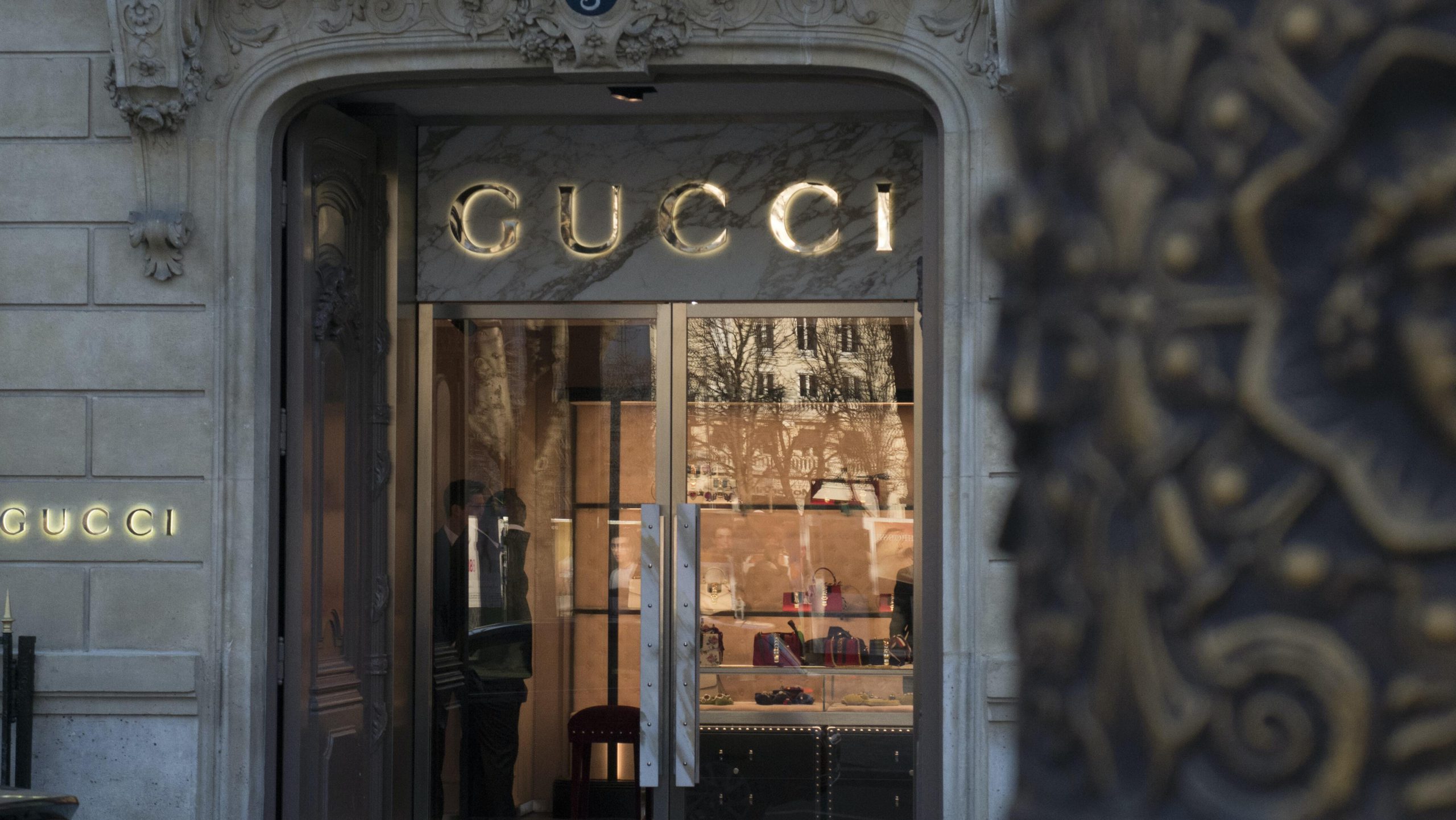正如我們在一篇文章中提到的 上一篇,幾個頂級奢侈品牌正朝著更可持續的商業模式邁進。對於新一代消費者而言,可持續性是推動他們做出購買決定的關鍵因素。這不僅反映在他們的選擇上,也反映在他們的行為和習慣上。
越來越多的消費者正在採用循環經濟的做法,例如再利用和二手購買。這些概念是 Nanboya 的理念和商業模式的核心。我們明白奢侈品的生命週期很長,我們有責任確保它得到滿足。這意味著購買以前喜愛的物品並為它們找到一個新家,在那裡它們可以繼續產生寶貴的回憶。參與這些實踐可以讓您以更可持續的方式享受奢華。
在本文中,我們將繼續探索 Nanboya 交易的奢侈品牌的可持續發展實踐,例如 Gucci、Yves Saint Laurent、Omega 和 Cartier。
古馳
The Italian fashion powerhouse is deeply committed to sustainability. As part of the Kering group, in 2017, they presented a 10-year plan to reduce their impact, and they have been following through. They have banned animal fur from all of their collections since 2018, and they guarantee the traceability of more than 95% of their raw materials.
他們還制定了一項以科學為基礎的目標,以減少其溫室氣體排放,並製定了一項政策,以防止其供應鏈中的原生和瀕危森林遭到砍伐。
歐米茄
歐米茄正在認真對待可持續發展,並在他們製造手錶的方式上實施重要變革。 2018 年,他們在瑞典開設了一家最先進的工廠,旨在盡可能高效和環保。建築物的屋頂裝有 561 塊光伏太陽能電池板,這些太陽能電池板產生清潔能源供應工廠。它還具有節能的室內氣候控制系統。建築的主要材料來自可持續的來源,例如當地的瑞士云杉。
伊夫聖羅蘭
The French fashion house is also part of the Kering group, and it shares several sustainability policies. Following the group’s traceability focus on raw materials, they have developed two innovative projects around this topic. They trace all of their South African leather from farms to finished goods using laser technology. As for Mohair, they use blockchain to trace it back to its origin through a unique product fingerprint.
Like Gucci, they are also taking action to reduce their greenhouse emissions and protect endangered forests.
卡地亞
The jewellery giant has been committed to sustainability for a long time now: they have been climate-neutral since 2009, and they continue working to reduce their CO2 footprint. Also, they have an annual gold consumption of only 10 tons, and more than 90% is recycled. All of the diamonds they use in their jewellery have a conflict-free guarantee and comply with the Code of Conduct for Responsible Jewellery Practices.
看到世界各地越來越多的頂級奢侈品牌致力於可持續發展,這激發了巨大的希望。對我們來說,可持續性是我們 DNA 的一部分,也是我們做事方式的核心。我們希望激勵人們將可持續性和再利用作為一種生活方式。




